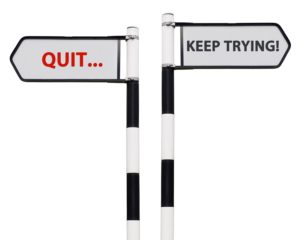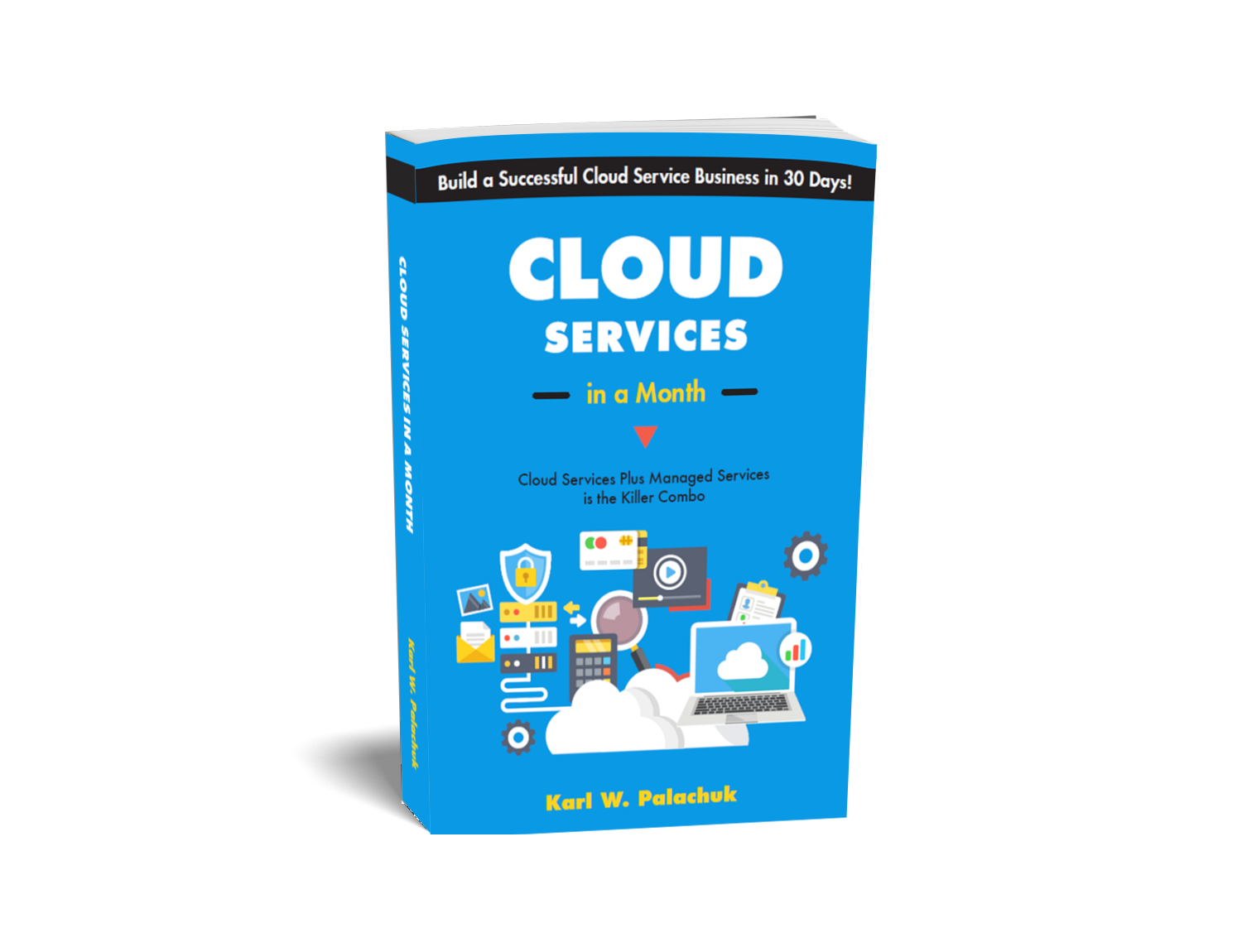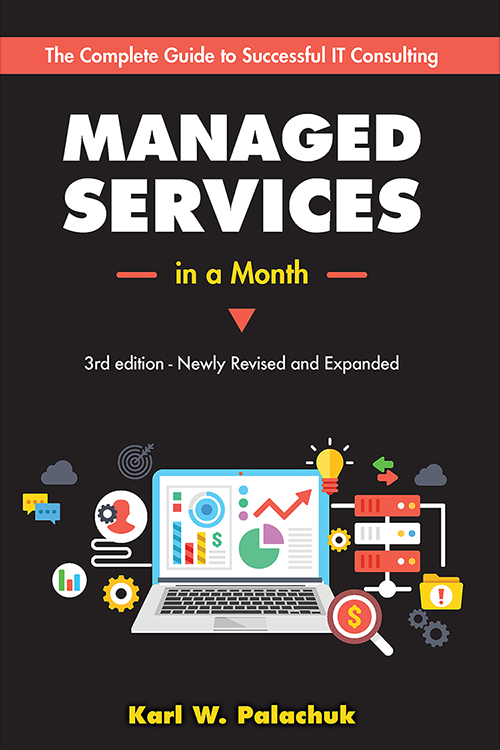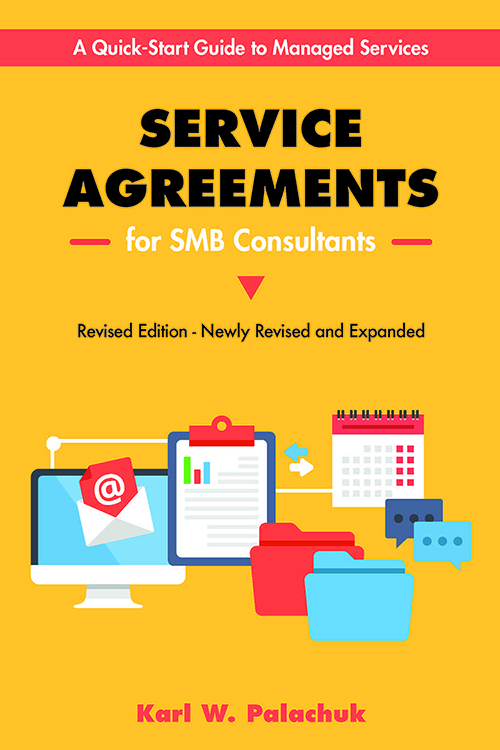Know When to Quit
by Karl W. Palachuk
Sometimes success consists in bringing things to an end.
The most common reason that potential entrepreneurs fail is that they fail to start. They are afraid of hiring people, filling out paperwork, getting licenses, and all the details of owning a business. So they just don’t do it.
The second most common failing of entrepreneurs is failing to quit when they should.
I wrote this page so that you’d have some place to land if you were looking for one of my previous ventures. I don’t want to leave you hanging! I own two primary businesses, so I want to give you some guidance of how you can stay connected to me.

First, if you are a computer consultant, technology consultant, managed service provider, IT Pro, VAR, etc., please check out these resources for technology professionals:
- My Weekly Email Newsletter
- My bookstore – Store.smallbizthoughts.com (All my books, plus audio programs and more)
- My SOP blog posts for managed services
- Our Seminar site – IT Service Provider University for 5-week classes on technology consulting
- The Small Biz Thoughts Community for SMB IT
and
- My blog at blog.smallbizthoughts.com
Second, if you’re not into computers, please check out my blog and web site for Relax Focus Succeed
Know When to Stop
I have started several ventures that sounded like great ideas and just never took off. One of my favorites is Promotion Monkey. I like the name. I like the monkey. I have tried several different things with this brand, but none got traction. With each venture, I spent about $2,000 – $3,000 and gave it at least two years to take off.
I could have spent more, but it all cases I was able to get some attention and some traction, but there was no staying power. I feel deep in my heart that I have given these ideas a chance to take off. But they haven’t, so there’s no point in throwing more money at them.
Goal Valet (Coach Valet) is another example. I developed this tool and used it in my business. Lots of people tried it. But in the end, it was not generating money and cost me about $80 per month to maintain. I decided that I can find another tool to get the job done for $80/month.
So even though I love it and use it, there’s no point maintaining it.
Early in my entrepreneurial career I had LOTS of opportunities. I turned down 99% of them simply because there were so many opportunities. It was the early 1990’s and the .com bubble was inflating fast. I had to make some decisions about when to get in and when to get out of “opportunities” that were presented to me.
One rule that has worked really well for me: I do not do work for free today in exchange for stock options, part ownership, or shared revenue some day. I know those things sound great when Google or Facebook is offering them. But 99.999% of the time, those things just don’t work out. So for me, that’s an easy decision.
When deciding whether to get IN, I have a threshold. What is the size of the potential deal? In other words, if you came to me and gave me to the opportunity to earn $X, would I take it? How big does X have to be? For me, right now, a project has to be worth at least $25,000 for me to consider it.
In other words, if you can show me how I’ll make at least $25k, then you have my ear. There was a time when this was much lower. But we all have to STOP doing something in order to START doing something else. So the number needs to be large enough to offset some other activities.
Figure out what your number is. Be flexible at first. What if you get a really interesting opportunity at just under your number? When you start evaluating opportunities, “your” number will become clear. For some people it’s $1,000. For others it’s $250,000 or $1,000,000.
Finally, you have to figure out when to get out and how to get out when opportunities flop.
And most opportunities don’t flop with a big, loud flopping sound! Most opportunities fizzle. There’s a little money. And a few clients. And the cost of maintaining a little software. And a few hours of labor. But here’s the important factor: You know in your heart that the “opportunity” is passed. At this point a one-time opportunity is just an annoying thing that you keep doing even though the return is small or even a little negative.
The new year (actually end of year) is a great time to evaluate all the little things you do and decide how to prune your overgrown shrubs. If you track each project as a sub-account in QuickBooks, you should be able to line up revenue with cost of goods sold and know how you’re doing. You could also do this at the end of any calendar quarter.
Run a profit and loss report for the year and modify the report to include column percent. Then you’ll be able to see all those little things that are about 1% of income or 1% of expenses. That where you’ll find candidates for pruning.
You’ve heard the phrase “More trouble than it’s worth.” Well, that’s what you’re looking for – those projects that are more trouble than they’re worth. For example, I just closed down a project that used up about 300 hours of administrative assistant labor in the last year, plus some printing costs, web hosting, design, etc. Lots of little bitty costs. It made a tiny profit. But the overhead of managing all that put it in the loss column.
Cleaning House Makes Room for More
Here’s the really good news about shutting down businesses and projects that aren’t working: You now have that time and money to invest in some other idea. If you don’t have new ideas right away, that’s okay. Put the money in the bank and spend your time on projects that DO make money right now.
Once you recoup the extra hours and the extra dollars, new projects are bound to show up.
My experience over the last thirty years is that new opportunities always show up!
🙂





